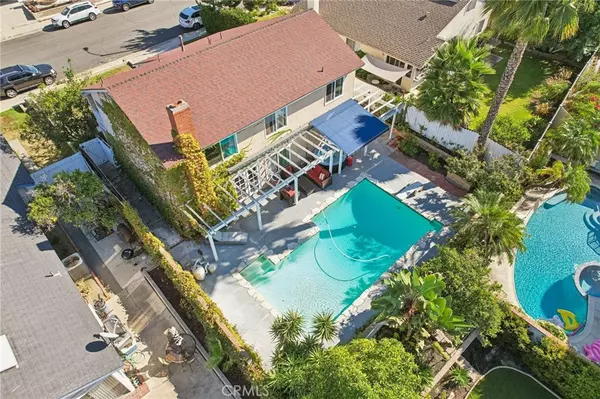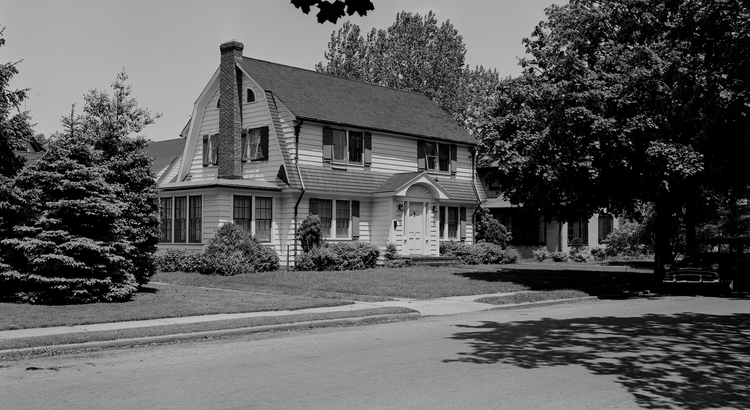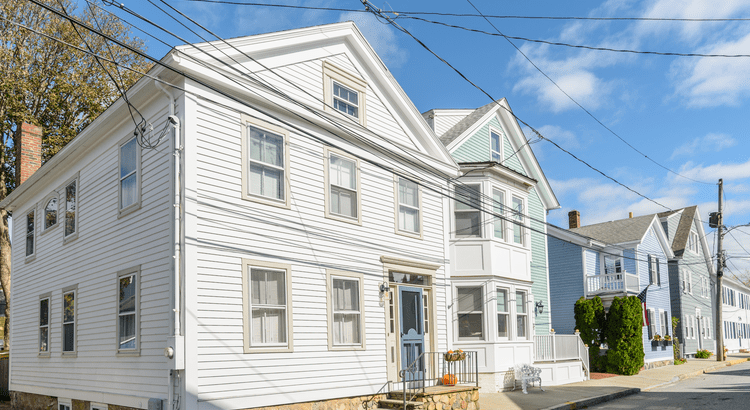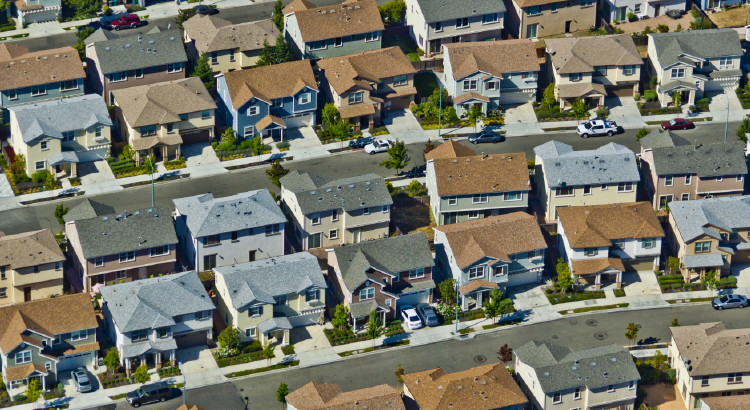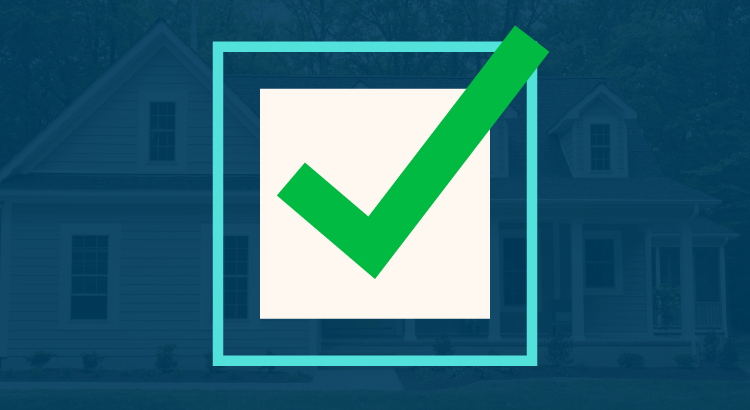
Get Your House Ready To Sell This Winter
Get Your House Ready To Sell This Winter Some Highlights As you get ready to sell your house, there are a few things you should add to your to-do list to make it inviting and boost curb appeal. To name just a couple, it’s a good idea to declutter, take down personal photos and items, touch up any s
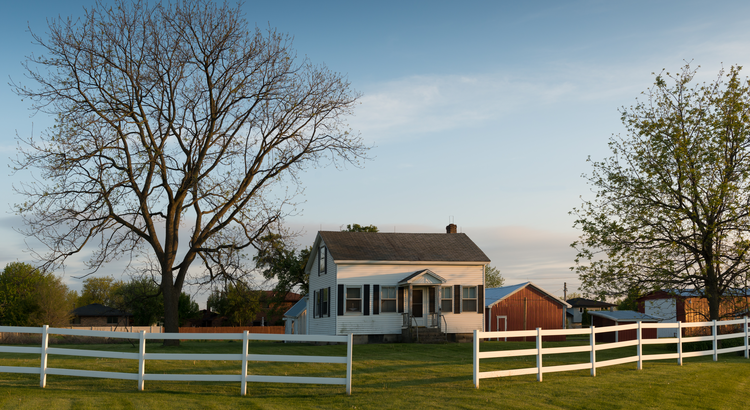
What Are ADU's and How Can They Benefit You?
What Are Accessory Dwelling Units and How Can They Benefit You? Maybe you’re in the market for a home and are having a hard time finding the right one that fits your budget. Or perhaps you’re already a homeowner in need of extra income or a place for loved ones. Whether as a potential homebuyer or a

Excited for the new River Street Market Place
Photo from article:https://www.thecapistranodispatch.com/river-street-marketplace-anticipated-to-open-in-early-2024/ Excited for the New River Street Market Place The city of San Juan Capistrano is abuzz with anticipation for the upcoming River Street Market Place, set to open in early 2024. This ne
Categories
Recent Posts


